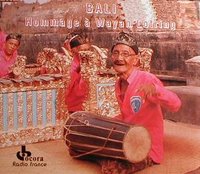
Janet Planet and Tom Theabo - The Waters of March
* Photo by Daniel Clarke











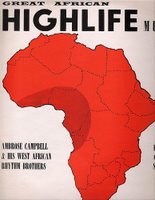
 Jacob Pick Bittencourt, aka Jacob do Bandolim, was one of 20th-century Brazil's greatest composers, as well as a crack bandolim player. Here's one of his most famous pieces, Assanhado, played by Trio Madeira Brasil and percussionist Beto Cazes.
Jacob Pick Bittencourt, aka Jacob do Bandolim, was one of 20th-century Brazil's greatest composers, as well as a crack bandolim player. Here's one of his most famous pieces, Assanhado, played by Trio Madeira Brasil and percussionist Beto Cazes.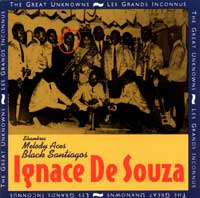



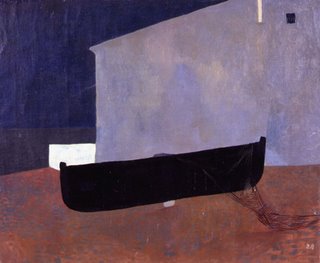


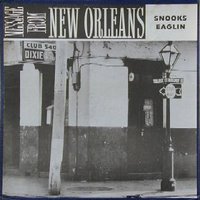
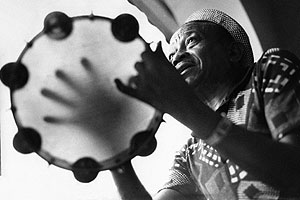 Gal Costa singing a famously cheeky satirical song by Jackson do Pandeiro (in photo), who poked fun at "Tio Sam," wanting to see him dance and play samba on Copacabana beach. It's called Chiclete com banana.
Gal Costa singing a famously cheeky satirical song by Jackson do Pandeiro (in photo), who poked fun at "Tio Sam," wanting to see him dance and play samba on Copacabana beach. It's called Chiclete com banana.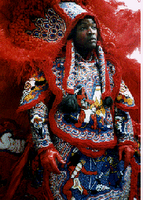




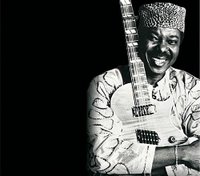
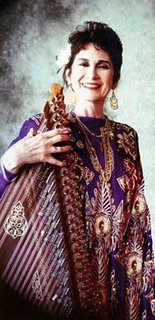



 "I make a doll of clay
"I make a doll of clay